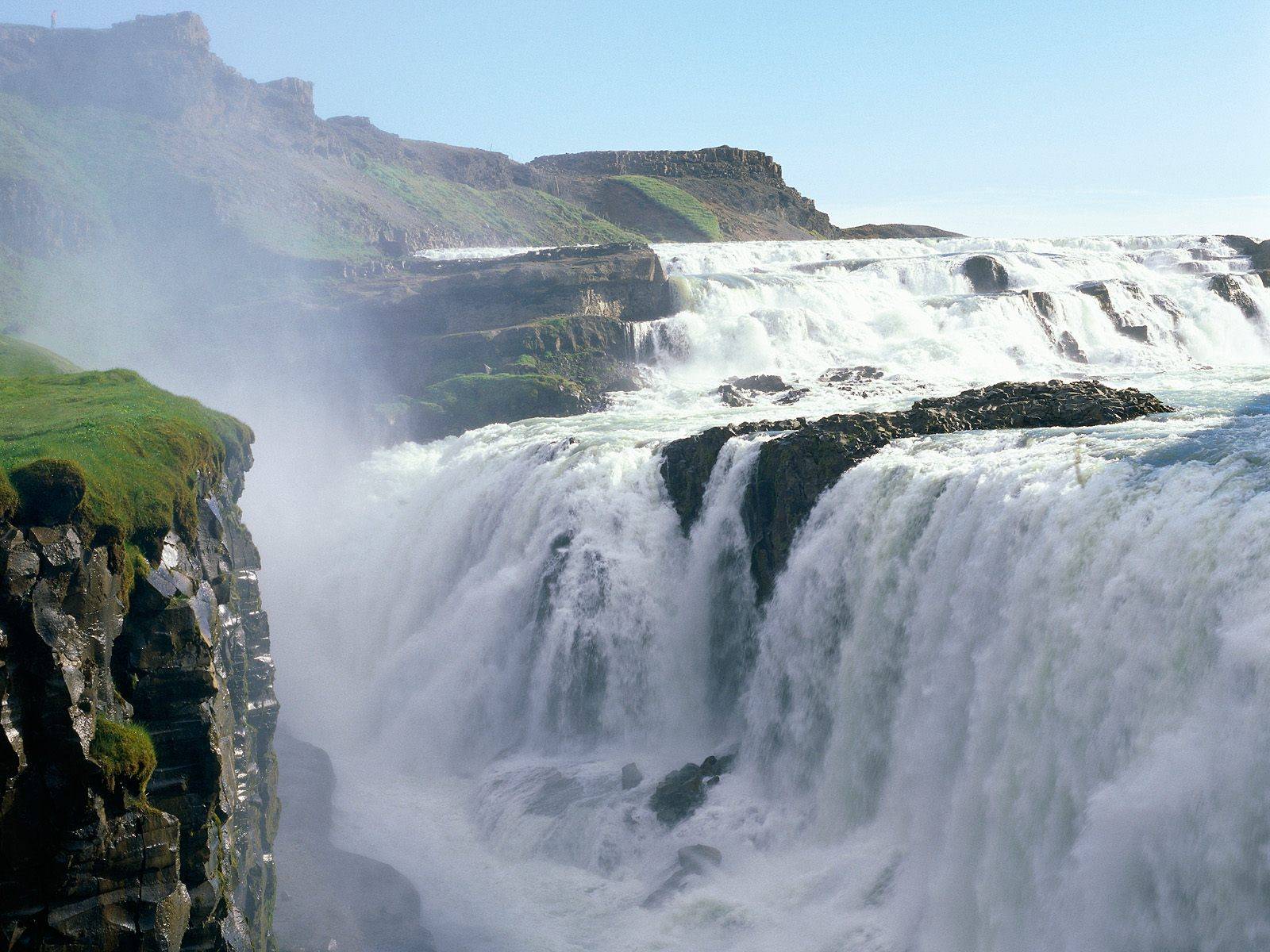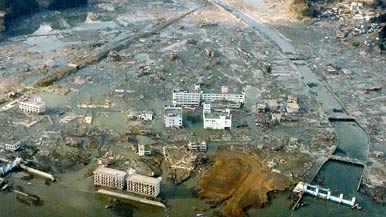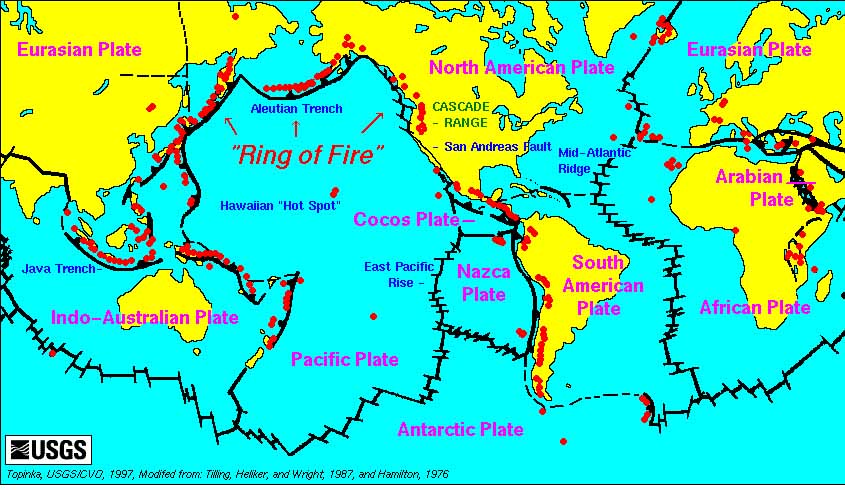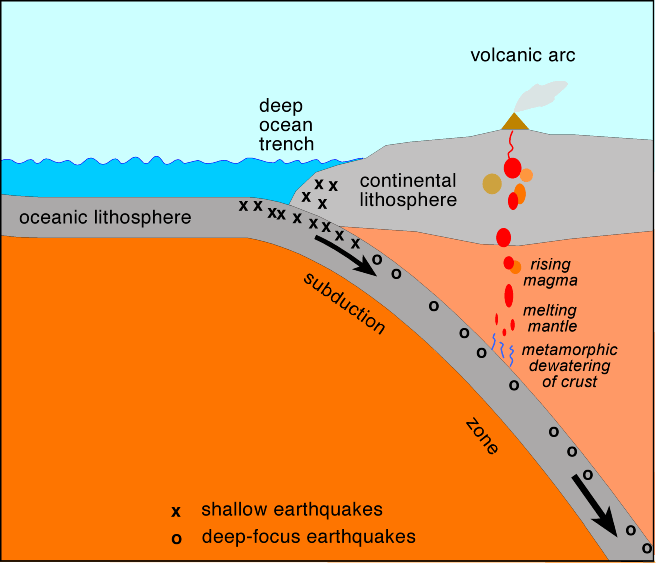
Monday, April 11, 2011
Sushi!

Plate Tectonic Tour: Post #7: Iceland Photos

Plate Tectonic Tour: Post #7: Iceland Photos
Plate Tectonic Tour: Post #7: Iceland Photos

Plate Tectonic Tour: Post #7: Iceland Photos

Plate Tectonic Tour: Post #7: Iceland
Well guys… this is it… no, not for me, for plate tectonics… well actually plate tectonics for me… anyways… I left the Himalayas because I decided that my trip needed to come to an end since I learned so much about convergent divergent and transform plate boundaries and I missed home (well I honestly mainly left because I didn’t want the Yeti to capture me and therefore proceed to consume me). But before I go, I have one more post for you… Iceland. Yeaaaaap I lied, Iceland is my last stop. So we’ll talk about plate tectonics and stuff I did there. My last post is kind of boring because I’m so sad that my trip is over =[. Anyways, let’s get to it.
| | Iceland offers scientists a natural laboratory for studying - on land - the processes that occur along submerged parts of a divergent boundary. Iceland is splitting along the Mid-Atlantic Ridge - a divergent boundary between the North American and Eurasian Plates. As North America moves westward and Eurasia eastward, new crust is created on both sides of the diverging boundary. While the creation of new crust adds mass to Iceland on both sides of the boundary, it also creates a rift along the boundary. Iceland will inevitably break apart into two separate land masses at some point in the future; as the Atlantic waters eventually rush in to fill the widening and deepening space between. |
I typically learned this from… MYSELF. I went to an exhibit to learn about Iceland… just for yo info (ha ha like the “yo”? I thought so… I feel so cool…) Iceland is in the divergent plate boundaries. So enough about since I’m through with this geology stuff… I learned some… interesting things… facts, actually… sooo maybe this will wake you up a lil from reading this post?
Weird Iceland Facts:
Iceland consists of only 290,000 inhabitants/people.
60% of Iceland’s population lives in the capital, Reykjavík
Reykjavík means “Smoke-bay”’ that Tuesday, Wednesday, Thursday, and Friday are named after the Norse Gods: Tyr, Odin, Thor and Frey
Beer was banned in Iceland until 1989 Most Icelanders graduate from University at the age of 25-30
Iceland has twice as many sheep as people Boxing wasn’t allowed until 2002
We nearly have 24 hours of sunlight during summer During December we hardly even see the sun
We have 13 Santa Clauses.
We have myths about the Santa Clauses´ parents.
We learn Danish and English from the age of 11
“Sigurrós” (a very successful Icelandic music band) was woted the 10th best band in the world (by Newsweek)
We have made it to The Guinness Book of Records for drinking Coke.
Icelanders consume more Coca-Cola per capita than any other nation
We go to the movies more often per capita than any other nation
Travel + Leisure magazine, with nearly one million subscribers, cited Icelandair as one of the World’s Best International Airlines. Placing eighth with 73.62% of the vote, Icelandair received high marks for cabin comfort, food, in-flight service, customer service and value.
Iceland was the first country in the world to have a female president Our surnames consist of our fathers first name and then “son” or daughter”
We have the cleanest water in the world! We heat our houses with thermal water as well as our outdoor swimming pools
Some of the scenes for the movie “Lara Croft” (starring Angelina Jolie) were filmed on an Icelandic glacier
Also several James Bond movies
Most of Iceland graduate from High school at the age of 20.
Most nightclubs open at around 21:00 after midnight and close up around 8-9 in the morning.
Icelandic people can read scripts that are more than thousand years old, and that they are even taught in High school as Icelandic literature.
The most common names in Iceland are “Jón” like John, “Anna” like Anne.
We believe in elves and dwarves (in a sort of myth-way)
It’s a beautiful island with breathtaking enchanting nature!
Well guys, it's been a blast... but there is a season to life, and this "season" of this "blog" is ending... =[ Hope you learned stuff about plate tectonics, and convergent/divergent/transform plate boundaries... I'm heading back to Seattle, WA. Xbox 360 is waiting at home... Max out! BLAMMM
Plate Tectonic Tour: Post #6: Himalayas Photos

Plate Tectonic Tour: Post #6: Himalayas Photos

Plate Tectonic Tour: Post #6: Himalayas Facts
"The Himalaya Range or Himalaya Mountains literally means "abode of snow", usually called the Himalayas or Himalaya for short, is a mountain range in Asia, separating the Indian subcontinent from the Tibetan Plateau. By extension, it is also the name of a massive mountain system that includes the Karakoram, the Hindu Kush, and other, lesser, ranges that extend out from the Pamir Knot.
Together, the Himalayan mountain system is the planet's highest, and home to the world's highest peaks, the Eight-thousanders, which include Mount Everest and K2. To comprehend the enormous scale of this mountain range, consider that Aconcagua, in the Andes, at 6,962 metres (22,841 ft) is the highest peak outside Asia, whereas the Himalayan system includes over 100 mountains exceeding 7,200 m (23,622 ft).
Some of the world's major rivers, the Ganges, Indus, Brahmaputra, Yangtze, Mekong, Salween, Red River, Xunjiang, Chao Phraya, Irrawaddy River, Amu Darya, Syr Darya, Tarim River and Yellow River, rise in the Himalayas, and their combined drainage basin is home to some 3 billion people (almost half of Earth's population) in Afghanistan, Bangladesh, Bhutan, People's Republic of China0, India, Nepal, Burma, Cambodia, Tajikistan,Uzbekistan, Turkmenistan, Kazakhstan, Kyrgyzstan,Thailand, Laos, Vietnam, Malaysia and Pakistan.
The Himalayas have profoundly shaped the cultures of South Asia; many Himalayan peaks are sacred in Hinduism, Buddhism and Sikhism. The main Himalaya range runs west to east, from the Indus river valley to the Brahmaputra river valley, forming an arc 2,400 km (1,491 mi) long, which varies in width from 400 km (249 mi) in the western Kashmir-Xinjiang region to 150 km (93 mi) in the eastern Tibet-Arunachal Pradesh region. The range consists of three coextensive sub-ranges, with the northernmost, and highest, known as the Great or Inner Himalayas." - Mrs. Bayaarma Anil (my militarian soldier tough guide!)
Plate Tectonic Tour: Post #6: Himalayas
Yo what is up!!! Alright so I just left Africa, and said goodbye to my friend Dawit... I will never ever forget that sunset... unless I suddenly forget... ok I'm not even making sense anymore. I flew all the way to the Himalayas to show ya'll something special. Himalayan mountain range, aka home of the yeti. Ha ha I'm risking my life for you guys so you better appreciate it... I heard that when one of those giant monkeys get a hold of you, there's no letting go... So let's see. Ok. Convergent plate boundaries.
First of all, mountain ranges are convergent plate boundaries. Here crust is destroyed and recycled back into the interior of the Earth as one plate dives under another. These are known as Subduction Zones - mountains and volcanoes are often found where plates converge. There are 3 types of convergent boundaries: Oceanic-Continental Convergence; Oceanic-Oceanic Convergence; and Continental-Continental Convergence. While new ocean crust is constantly being created at mid-ocean ridges, old crust must either be destroyed or reduced at the same rate (or else the planet would be continually expanding and increasing in volume). The plates, therefore, emerging along mid-ocean ridges, sliding over the athenosphere, and grinding past other plates along transform faults, are almost all headed on a collision course. When two continents carried on converging plates ram into each other, they crumple and fold under the enormous pressure, creating great mountain ranges. The highest mountain range in the world, the snow-capped Himalayas, is an example of a continent-to-continent collision. This immense mountain range began to form when two large landmasses, India and Eurasia, driven by tectonic plate movement, collided. Because both landmasses have about the same rock density, one plate could not be subducted under the other. The pressure of the colliding plates could only be relieved by thrusting skyward. The folding, bending, and twisting of the the collision zone formed the jagged Himalayan peaks. This string of towering peaks is still being thrust up as India, embedded in the Indo-Australian Plate, continues to crunch relentlessly into Tibet, on the southern edge of the Eurasian Plate.
Ok let me tell you some facts about this mountain range that Mrs.Bayarmaa Anil who works at a research facility in the Tibetan military. Awesome... I'm sooo jealous... I would like to shoot a PSG1 or a g11 assault rifle in real life... instead of pwning nOObs on call of duty black ops... anyways. Welllllll I'll say facts in the next post.
Sunday, April 10, 2011
Plate Tectonic Tour: Post #5: East Africa Rift

Plate Tectonic Tour: Post #5: East Africa Rift

Plate Tectonic Tour: Post #4: Japan Photos

Plate Tectonic Tour: Post #4: Japan Photos

Plate Tectonic Tour: Post #4: Japan
Plate Tectonic Tour: Post #4: Japan
Plate Tectonic: Post #3
Plate Tectonic Tour: Post #2 (Professor Sasha's diagram)

Plate Tectonic Tour: Post #3: Ring of Fire
Plate Tectonic Tour: Post #2 (Kamchatka lake on top of volcano Avanchinsky)
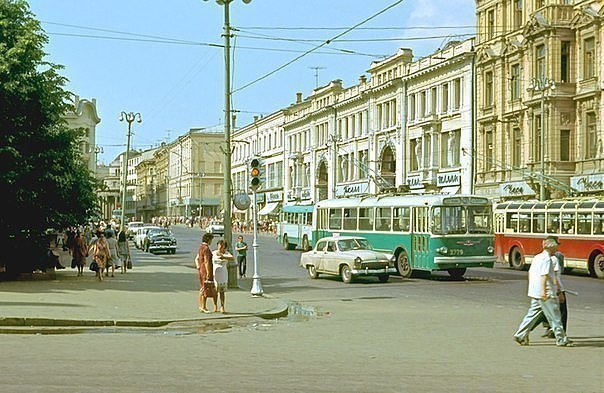
Plate Tectonic Tour: Post #2 (Volcano Explanation)
Plate Tectonic Tour: Post #2 (Avachinsky-Koryaksky volcanoes)

Here is the view of the Koryaksky volcano from my boats point of view.
Saturday, April 9, 2011
Plate Tectonic Tour: Post #2 (Avachinsky-Koryaksky volcanoes)

Wednesday, April 6, 2011
Plate Tectonic Tour: Post #2
Plate Tectonic Tour: Post #1 (Mariana wildlife)

Tuesday, April 5, 2011
Plate Tectonic Tour: Post #1
Hello Army! Today, I wanted to talk about something very special (it is also my first installment of my Plate Tectonic Tour). I will talk about what it is, where it was, and how it relates to our earth's lithosphere and plates. So... let’s get started?
For those of you who didn’t know, I've decided to take on my role of a photo journalist and take pictures that go along with the subject. So today’s subject is… Trenches! Yup, the deep sea oceanic trenches, those giant cracks in the ground. Surprisingly, I learned from accomplished earth scientist Antonio Hopson that trenches define one of the most important natural boundaries on the Earth’s solid surface: the one between two lithospheric plates. There are three types of lithospheric plate boundaries: divergent (where lithosphere and oceanic crust is created at mid-ocean ridges), convergent (where one lithospheric plate sinks beneath another and returns to the mantle), and transform (where two lithospheric plates slide past each other). In a better overview, the oceanic trenches are hemispheric-scale long but narrow topographic depressions of the sea floor. They are also the deepest parts of the ocean floor. So I flew myself all the way to the deepest trench in the world… Mariana trench! The Mariana trench is located near the Mariana Islands in the pacific islands… here is a description straight from a jolly scientist I met there: “The Mariana Trench is the deepest part of the world's oceans, and the lowest elevation of the surface of the Earth's crust. It is currently estimated to be up to 10,971 m (35,994 ft) deep. It is located in the western Pacific Ocean, to the east of the Mariana Islands. The trench is about 2,550 kilometres (1,580 mi) long but has a mean width of only 69 kilometres (43 mi). It reaches a maximum-known depth of about 10.91 kilometres (6.78 mi) at the challenger deep, a small slot-shaped valley in its floor, at its southern end; Although, some unrepeated measurements place the deepest portion at 11.03 kilometres (6.85 mi). If Mount Everett, the highest mountain on Earth at 8,848 metres (29,029 ft), were set in the deepest part of the Mariana Trench, there would be 2,076 metres (6,811 ft) of water left above it.”
Because the altitude was so low, I wasn’t able to take any photos… So I apologize. I’ll leave you with a diagram that I saw on the submarine about how trenches are related to plate tectonics and the lithosphere, and I’ll see you next time!

